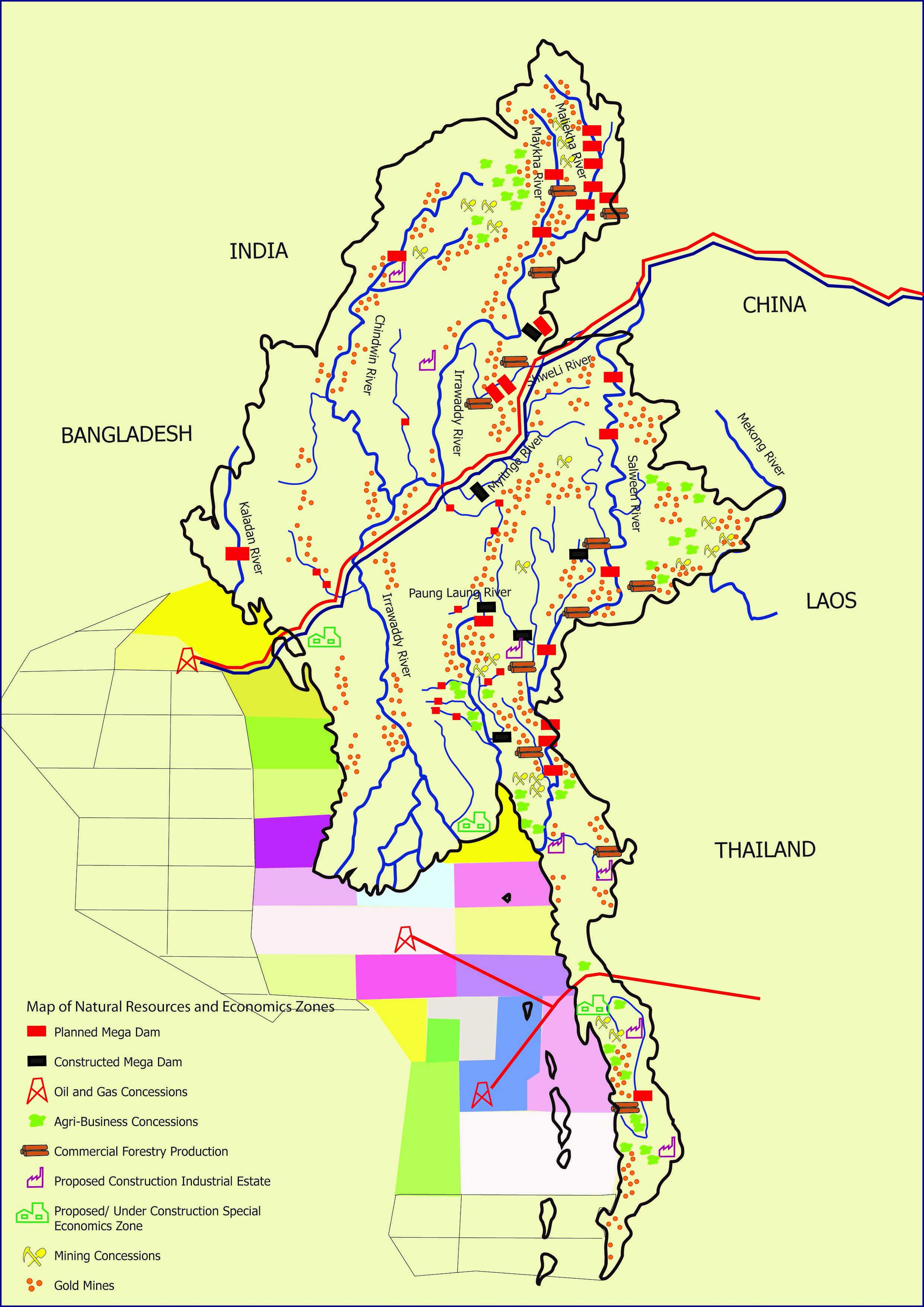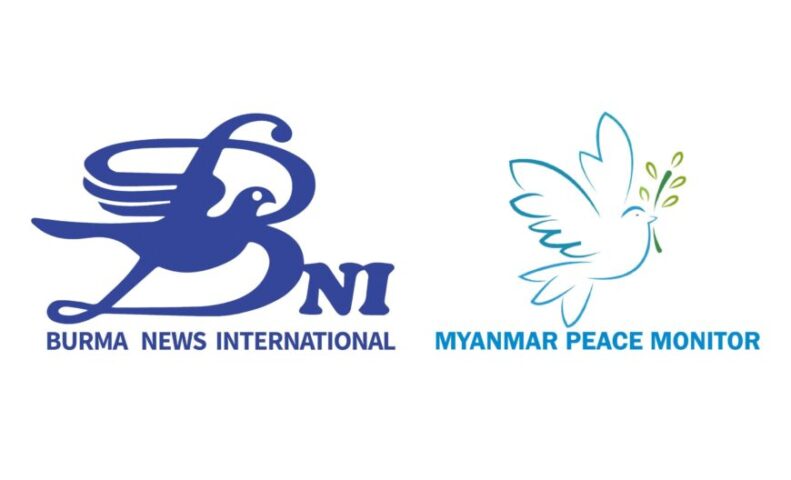 One of the most cited injustices affecting ethnic nationalities in their respective territories is unfair distribution of profits generated from natural resource extraction and large industrial projects by the central government and foreign investors. There is often little regard for the local populations who do not benefit from the wealth generated from their land, and yet have to endure the negative impacts resulting from development projects. Fair distribution of natural resource revenue has been raised as one of the main demands by several ethnic armed groups.
One of the most cited injustices affecting ethnic nationalities in their respective territories is unfair distribution of profits generated from natural resource extraction and large industrial projects by the central government and foreign investors. There is often little regard for the local populations who do not benefit from the wealth generated from their land, and yet have to endure the negative impacts resulting from development projects. Fair distribution of natural resource revenue has been raised as one of the main demands by several ethnic armed groups.
The government has been successful in negotiating ceasefires with ethnic armed groups by granting them some limited economic rights. This has especially been the case with groups such as the KIO in Kachin state and several others in Shan and Karenni states following the 1990 elections. After the 2010-elections, the government is once again offering economic and business incentives, both inside and outside of ceasefires, to convince armed groups to enter the legal fold.
To understand the economic topography of ethnic areas, below is a list of some major existing and proposed projects, as well as known unexploited resources.
3 proposed Special Industrial zones: Myawaddy, Hpa-an, Phayathonzu
Dams: Lawpida, Beluchaung, Ywa Thit
Italy-Thai Development (ITD) Company’s railway, oil and gas pipelines and electricity transmission tower along the Trans-Border Corridor
Dawei Deep Sea Port and the Industrial Estate. There are also plans to establish two more industrial estates in Tanintharyi Region near the border at Teekee/Min The Mee Kee on ITD’s trans-border corridor link, and at Maw Taung on the road to Mergui/Myeik.
Dams: Laymyo Chaung, Thahtay Chaung, Am Chaung, and Saidin
Mong Hta industrial zone (proposed by RCSS/SSA), Namoum industrial zone (proposed by the government), Muse Trade Zone
Dams: Kengtawng, Mobye, Nawngpha, Paunglong, Shweli, Tasang, Yeywa, Zawgyi.
